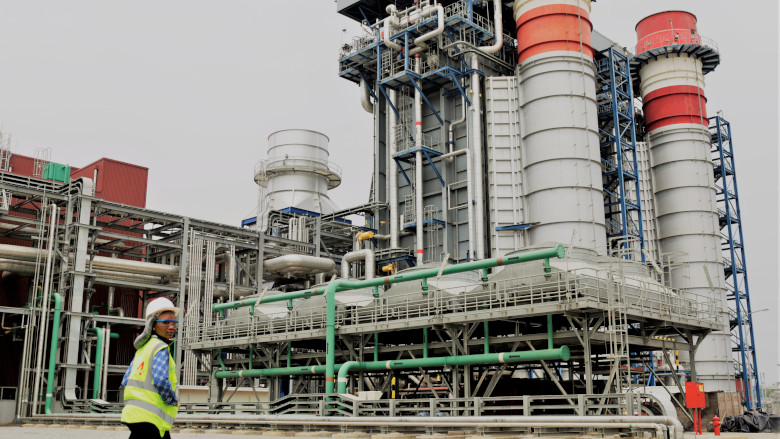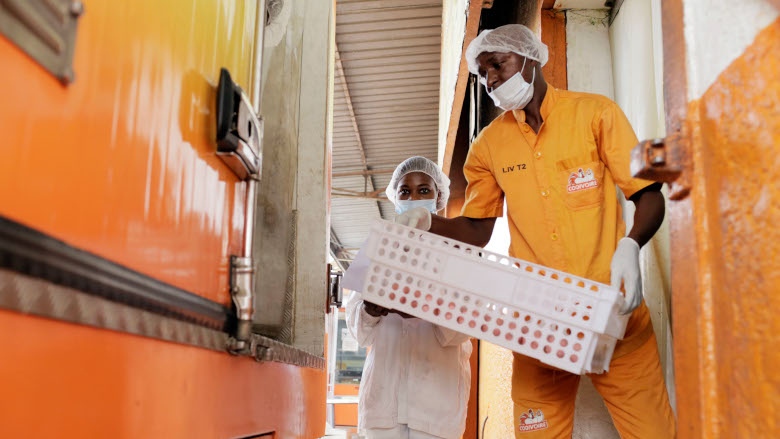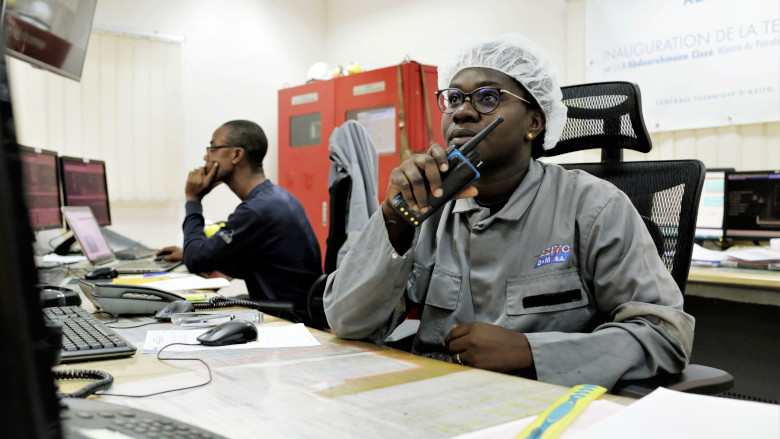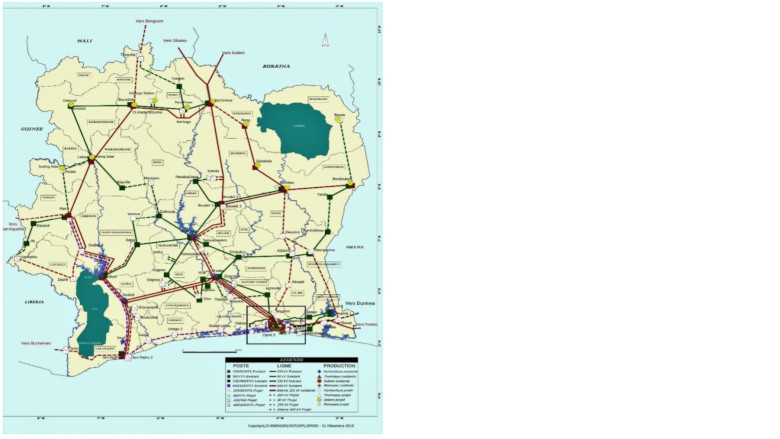ABIDJAN, Côte d’Ivoire, July 23, 2020—Dawn has barely broken over the Abobo neighborhood, but CoqIvoire has been bustling with activity for hours. A group of employees in white coats are busy loading boxes onto dozens of refrigerated trucks. Every day, these trucks travel hundreds of kilometers to deliver meat and poultry products to supermarkets in Abidjan and across the country. “Our products are valued all across the country for their quality because we take great care to maintain the cold chain,” asserts Florent Nguessan, Director of Operations at CoqIvoire.
Reliable and affordable electricity is indispensable for this subsidiary of the SIPRA Group, West Africa’s leading poultry producer. “As far as refrigeration is concerned, an hour-long power outage could spell disaster,” says Nguessan. He is too young to remember, but his co-workers have often told him about the difficult times in the 1990s, when unscheduled power outages forced them to spend vast sums on fuel to power their generator. “Not to mention the large quantities of products that often had to be dumped,” Nguessan adds.
Those tough years nevertheless provided Côte d’Ivoire with an opportunity to find a unique, innovative energy solution, paving the way for the country to develop the third largest electricity generation system on the continent and become one of the leading electricity exporters in West Africa.
With an installed power capacity of almost 2,230 megawatts (MW), Côte d’Ivoire fully meets its domestic demand and exports the roughly 10% generation surplus to the subregion. Whereas only 34% of Ivorians had access to electricity back in 2013 when the post-electoral crisis triggered a 40% decline,




